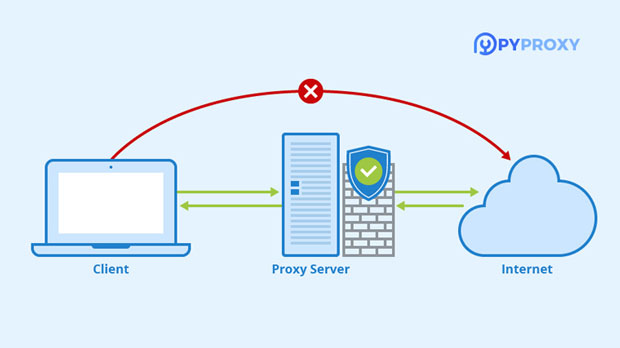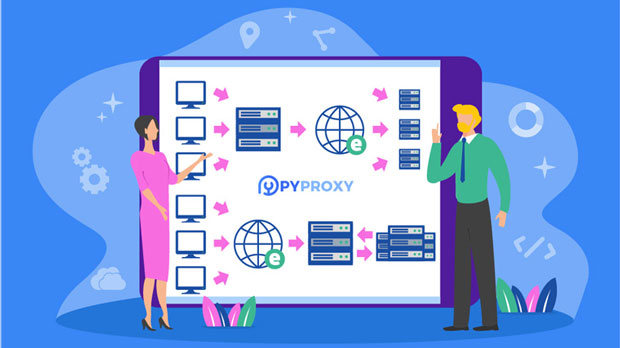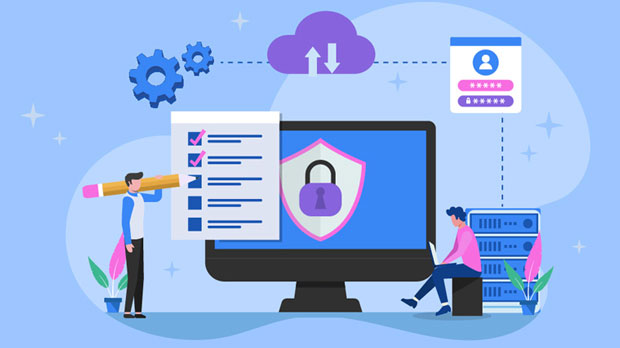socks5 proxy is an advanced network protocol designed to enhance online privacy and security. It allows users to route their internet traffic through a remote server, effectively masking their real IP addresses. This helps protect users' identities while also bypassing geographical restrictions. For Google users, the significance of SOCKS5 proxy lies in its ability to enable unrestricted access to online content, improve privacy, and increase security, particularly for those concerned with online surveillance or location-based restrictions. In this article, we will explore in detail what socks5 proxies are, how they function, and why they are essential for Google users seeking an optimized and secure browsing experience. Understanding SOCKS5 Proxy: A Deep DiveSOCKS5 is the latest and most advanced version of the SOCKS (Socket Secure) protocol, which is used to route network traffic through an intermediary server. Unlike traditional proxies, which typically handle specific types of traffic such as HTTP or FTP, SOCKS5 is versatile and can support various types of traffic, including HTTP, FTP, and even peer-to-peer connections like torrents.The primary function of a SOCKS5 proxy is to act as a middleman between a user's device and the internet, effectively masking the user's real IP address. This enables the user to appear as if they are browsing from a different location, which is useful for bypassing regional restrictions or improving online anonymity. SOCKS5 proxies offer greater flexibility and security than previous versions, especially when it comes to handling different types of internet protocols and ensuring better privacy protections.Why SOCKS5 Proxy is Important for Google Users?Google is one of the most widely used search engines globally, and its services, such as Google Search, YouTube, Google Maps, and Gmail, are integral to many people’s daily online activities. However, certain restrictions and concerns related to privacy and location-based censorship can hinder users’ online experience. Here are some reasons why Google users may benefit from using a SOCKS5 proxy:1. Enhanced Privacy and AnonymityWhen you use Google’s services, your IP address is typically logged. This can lead to a range of privacy concerns, especially for users who are worried about online tracking, data collection, and surveillance. SOCKS5 proxies help to anonymize users by routing their internet traffic through an external server, masking the original IP address. This ensures that Google, along with other websites and services, cannot identify the user’s exact location or online activity. This increased privacy can be especially important for individuals concerned about data privacy and surveillance.2. Access to Geo-Restricted ContentGoogle services, such as YouTube or Google Play, often impose geo-restrictions that prevent access to specific content based on the user's geographic location. For example, certain YouTube videos or Google apps might only be available in specific countries. By using a SOCKS5 proxy, users can select a server located in a different country, making it appear as though they are browsing from that location. This allows them to bypass these geographical restrictions and access content that would otherwise be unavailable in their region.3. Improved Security While BrowsingWhen accessing Google services, particularly over public or unsecured networks (such as Wi-Fi in cafes or airports), there is a risk of cyber-attacks, such as man-in-the-middle attacks. A SOCKS5 proxy offers an extra layer of security by hiding the user's real IP address and encrypting the connection between the user and the proxy server. This helps to protect sensitive data, such as login credentials or personal information, from being intercepted by malicious actors.4. Bypassing Google’s Censorship FiltersIn some countries, access to Google services is restricted or censored by the government. Users in such regions often find themselves unable to use the full range of Google’s features due to these restrictions. A SOCKS5 proxy allows users to bypass these censorship filters by routing traffic through a server located in a country where these services are not blocked. This provides users with an unhindered experience while accessing Google services.How Does SOCKS5 Proxy Work?To understand why SOCKS5 is so effective, it’s important to know how it works. The SOCKS5 protocol operates at a lower level of the networking stack, allowing it to work with a wide range of internet protocols. It does not alter the content of the data being transmitted; rather, it simply acts as an intermediary that forwards the data between the user and the destination server. For example, when a Google user requests a web page, their request is sent to the socks5 proxy server. The proxy server then forwards the request to Google’s servers and receives the response. This response is then sent back to the user via the same proxy server. This process ensures that Google only sees the proxy server’s IP address, rather than the user’s real IP address. This method not only enhances privacy but also provides more control over the traffic routing, making SOCKS5 proxies particularly effective in environments where secure and flexible internet traffic management is crucial.Why Choose SOCKS5 Over Other Proxy Protocols?While there are other types of proxies available, such as HTTP and HTTPS proxies, SOCKS5 has several distinct advantages that make it a preferred choice for advanced users:1. Greater CompatibilityUnlike HTTP proxies that only handle web traffic, SOCKS5 proxies can handle virtually any type of internet traffic, including email, peer-to-peer (P2P) connections, and even gaming traffic. This makes SOCKS5 more versatile and suitable for a wide range of applications.2. Support for AuthenticationSOCKS5 supports advanced authentication methods, allowing users to secure their proxy connections with a username and password. This added layer of security is valuable for users who need an additional safeguard against unauthorized access to their proxy server.3. No Data ModificationUnlike some proxy types that alter the data passing through them, SOCKS5 proxies do not modify the contents of the data. This makes them less likely to cause issues with the accuracy of the information being transmitted and ensures that the user gets the content they requested, without any modifications or distortions.Practical Use Cases for SOCKS5 Proxy for Google Users1. Secure Online ResearchGoogle is widely used for research purposes, and many users depend on it for accessing academic articles, news, and online resources. Using a SOCKS5 proxy ensures that any research activities remain anonymous and secure, particularly if accessing sensitive or restricted content.2. Safe Online ShoppingFor users who engage in online shopping via Google, a SOCKS5 proxy can provide additional protection by hiding their real location and IP address. This helps to prevent hackers from tracking their online transactions and potentially stealing sensitive payment information.3. Circumventing Location-Based PricingSome online services and Google products use location-based pricing. With a SOCKS5 proxy, users can access Google’s services as if they were in a different country, potentially allowing them to take advantage of more favorable pricing or access exclusive content.ConclusionIn today’s digital world, privacy, security, and access to unrestricted content are more important than ever. For Google users, a SOCKS5 proxy offers a powerful tool to enhance online privacy, bypass geo-restrictions, and secure internet browsing. By masking a user’s real IP address and enabling flexible internet traffic routing, SOCKS5 proxies are ideal for those who need greater control over their online activities. Whether you are looking to protect your privacy, access region-blocked content, or simply browse Google services more securely, a SOCKS5 proxy could be the solution you need to optimize your online experience.
Jan 09, 2025
![arrow]()




























































